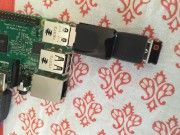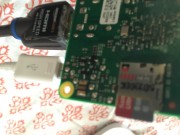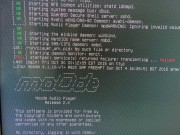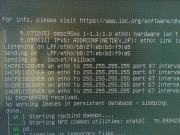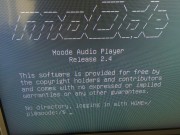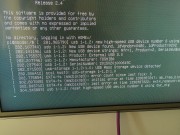As I said NAS is a one shop stop for a storage device, a media server and a streamer, Synology NAS supports USb Audio out so a quality DAC connected to Synology NAS USB port will also provide pretty decent audio quality (assuming u are using a decent DAC). The Synology Audio Station is a very comprehensive Audio App (both web and Mobile) and definitely provides a decent audio out
BUT if you are inclined to use Rasp Pi as well, you can use it with MoOde, and in that case, you NAS will act only as your storage device and a DLNA server. Rasp Pi loaded with MoOde will connect to NAS via LAN (can be wifi as well but I prefer and suggest LAN always). Assuming your NAS and Rasp pi will connect to a HOme Wireless router, you will be able to throw music to your rasp pi wirelessly via mobile or web. Actual media will be stored on your NAS only.
BTW I did not find any difference in sound quality between my E10 USB DAC connected to Synology NAS and E10 connected to Rasp Pi running MoOde. But then I dont have any audiophile grade AMP or speaker. I listen on my modest Audio Engine A5+ Bookshelves so I can not say if there will be any difference if setup changes.
I prefer Rapi pi on MoOde connected to my USB DAC route than E10 connected to Synology NAS UAB Audio out as that gives me more options to throw music wirelessly from various apps on my mobile and from itunes and spotify running on my laptop.
BTW for video I would still recommend/try Kodi on windows or OpenELEC (linux), and configure it with madVR if you are so impressed with it ..... The YMMJ interface it offers is just impeccable.



